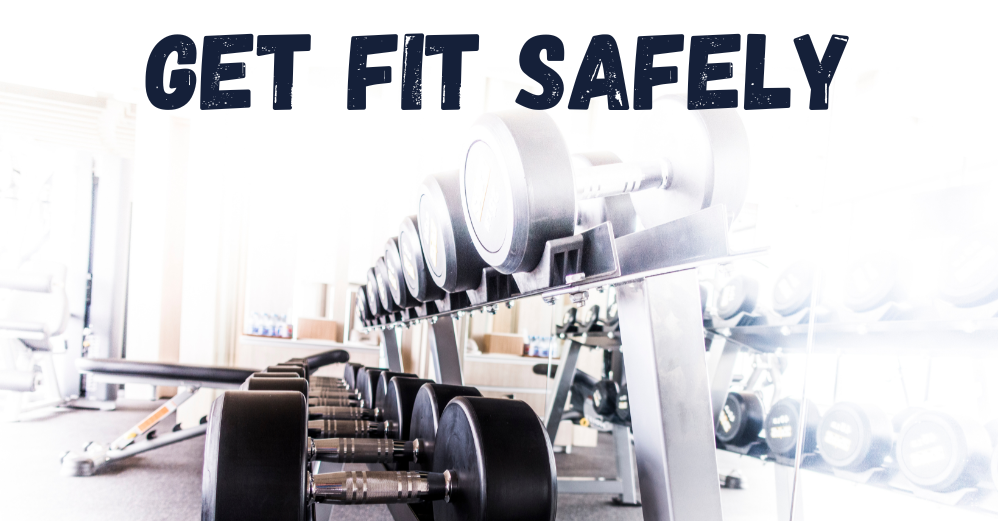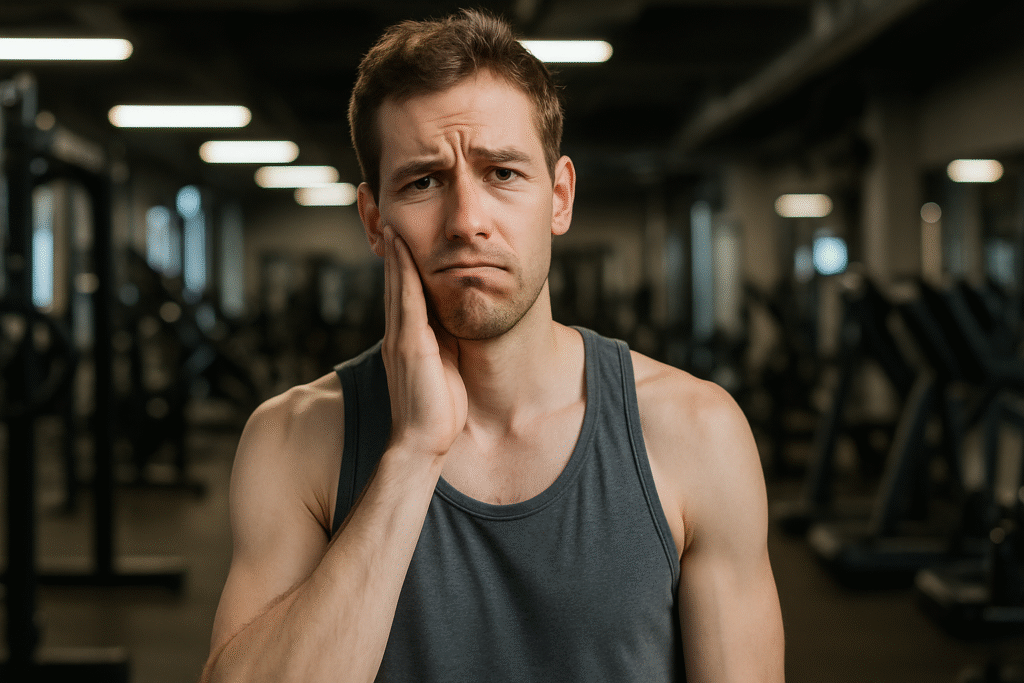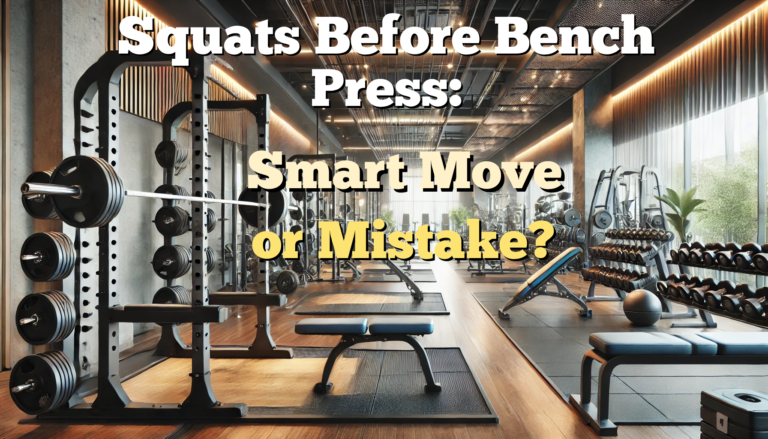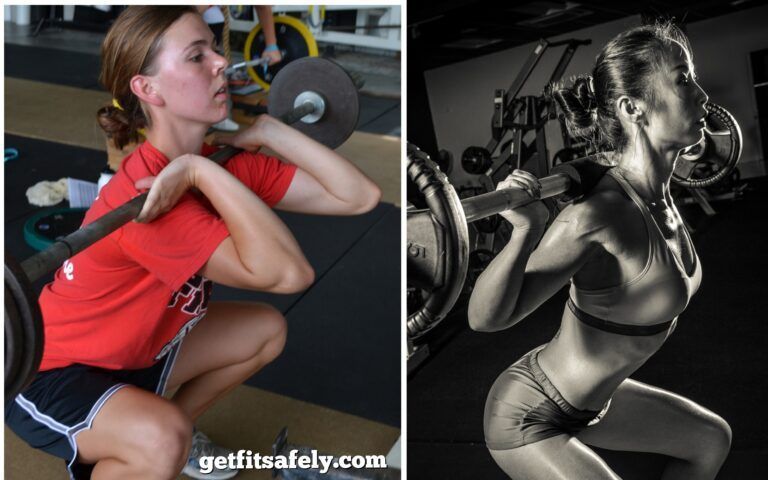Okay, let’s be clear.
Shoulders are an enigma.
You train them hard, consistently, with all the willpower in the world.
Each week you whip them with dumbbells, barbells, bands, cables, machines, and even suspicious movements that not even Google knows.
You wake up the next day and can’t even comb your hair.
Yet… nothing.
Nada.
No Marvel‑comic volume.
Just pain.
And so you wonder:
But if they hurt this much… why don’t they grow?
It’s frustrating, I know.
But don’t worry, there are much simpler explanations (and solutions) than you think.
Let’s explore them together.
Shoulders are always involved, but never stars

This is the paradox.
Shoulders participate in everything: bench press, rows, pull‑ups, push press…
But they rarely get direct attention.
And when you train them, they’re already tired.
It’s like asking someone to run a marathon… after doing 100 squats.
Maybe it’s time to give shoulders their own day in the spotlight.
A whole day for them.
Done right, with purpose.
Pain isn’t always a sign of growth (in fact, sometimes it’s a warning)
I know, it’s counterintuitive.
You’ve spent your whole life believing “no pain, no gain.”
But the truth?
Delayed onset muscle soreness (DOMS) isn’t directly linked to muscle growth.
Pain is more often a sign of tissue damage, not effective stimulus.
You can beat a muscle to death and get… only inflammation.
It’s like burning a field believing it’ll grow faster.
No, friend. You’re just destroying it.
You train shoulders as if they were one… but they are three
Here’s the most common mistake.
You treat the shoulder as a single muscle, one unified entity.
Spoiler: it’s not.
Shoulders are a messy trio of deltoids: anterior, lateral, and posterior.
Three siblings with different personalities.
Anterior deltoid
The golden child: everyone uses it (even by accident) during bench press, push movements, and even during post‑workout frustration shrugs.
Lateral deltoid
The one that gives you width and presence. But if you don’t train it specifically, it wastes away in loneliness.
Posterior deltoid
A gym myth. Rarely seen in the wild. Often forgotten, always underdeveloped.
If you’re not giving love to all three, you’ve already lost from the start.
You’re confusing work with effective stimulus
Doing seven different exercises in one shoulder workout doesn’t mean you’re stimulating the muscles well.
Maybe you’re just wearing them out.
They feel trained, but really they’re stressed, inefficient, and drained.
Volume must be managed, not simply increased.
Too much volume without recovery = chronic inflammation, strength loss, stagnation.
Effective stimulus comes from:
- The right choice of exercises
- Impeccable execution
- Load progression
- Active recovery
Not from random TikTok circuits.
The Most Effective Way to Train Shoulders:
Recovery is the real training (but no one wants to admit it)
Brutal truth: muscles grow when you’re not training.
During the workout you break them.
During recovery you rebuild them.
And if you don’t sleep, don’t eat enough, and don’t allow enough time…
Guess what?
You’re just accruing debt.
And sooner or later, your body sends the bill.
At best you don’t grow.
At worst, you get injured.
Traps steal the show from your shoulders (and pain is useless if they feel it)
Yes, those cursed traps.
Your traps are like nosy coworkers who want to do everything—even when nobody asked.
Every time you lift dumbbells for a lateral raise hoping to blast the side delts…
Guess who jumps in first?
The traps.
Always them.
And the kicker?
They give you that burn. They make you think “it’s working.”
You wake up with that twinge between neck and shoulder and think:
“Wow, I destroyed my delts!”
But no.
You just fatigued the wrong group.
It’s pain, yes… but useless.
Not growth. Not progress.
Just another muscular distraction.
To prevent this identity theft, control every single degree of movement.
No swings, no arms flailing like windmills.
Keep a slight bend, lift with control, and above all: pull with your deltoid, not your ears.
Because every time your traps take over, the deltoid sits on the bench and watches.
Technical execution: continuous tension, consistent growth
(Don’t confuse pain with quality work)
Listen with love and a bit of frustration from a former culprit:
If you do lateral raises like you’re tossing frisbees to seagulls…
You’re training your ego, not your delts.
The lateral deltoid isn’t a fan of explosive movements.
It wants continuous tension. It wants control. It wants precision.
The famous “two C’s” of real growth.
And no, it won’t give you the instant circus‑pump satisfaction.
Often you’ll feel less pain. But what you feel… is precisely where you should feel it.
That small burn right in the middle of the arm, just below the shoulder.
If it burns there, you’re doing it right.
If it burns in the traps or around the scapula, you’re making a mess.
Continuous tension keeps the muscle under stress through the entire rep.
And you know what happens with this approach?
Not only do you feel less soreness later…
But you finally start seeing shape change.
From “normal shoulders” to “what do you do in the gym?”
So ditch the mirror for ego‑boosting.
Use it to check execution.
Because that’s where the real difference is made.
Strength is the foundation: return to the press
Yes, the military press.
That old‑school, tough, unfashionable but insanely effective move.
If your overhead press hasn’t improved in months…
Chances are your shoulders aren’t growing either.
You can do all the lateral raises you want, but if you’re not getting stronger on a heavy, clean press…
You’re just polishing a car without an engine.
Checklist for truly growing deltoids
- Prioritize lateral and posterior deltoids
- Check your execution: slow, precise, mindful
- Don’t sacrifice technique for ego
- Alternate isolation exercises with strength movements
- Schedule dedicated shoulder days
- Take care of nutrition, sleep, and recovery
- Track loads and improvements
How to tell if your shoulders are really growing
The scale won’t tell you.
Photos… yes. But you need patience.
The real indicator? Your clothes.
When your shirts start pulling at the shoulder seams.
When you hear that subtle “pop” in the stitching as you slip into an old tee, that’s a good sign.
And maybe someone will drop a comment like:
“Oh, you’re in shape, huh?”
That’s when you know it’s not all in your head.
It’s not just post‑workout pump. That’s as fleeting as an Instagram story.
True growth shows over time, with:
- Progress photos (same angle, same lighting, every 4–6 weeks)
- Improvements in loads and technique
- Increased arm/shoulder circumference
- And above all, that feeling of “density” when you touch them. Like there’s real stuff under there.
Small shoulder muscles: what they are and how to train them
Beyond the three deltoid heads, there are small but crucial muscles:
- Supraspinatus
- Infraspinatus
- Teres minor
- Subscapularis
These are part of the rotator cuff. Small, but vital for joint health and stability during heavy moves.
How to train them?
Not with explosive movements or insane weights.
They need control, technique, and moderate loads.
Don’t underestimate them: if these muscles are weak, injury risk goes up.
And if you hurt a shoulder… progress grinds to a halt.
| Practical Exercises to Train the Small Shoulder Muscles (Rotator Cuff) |
|---|
|
What the shoulder really is, recovery speed, and training frequency
The shoulder is the body’s most mobile joint.
High freedom of movement, but low intrinsic stability.
The deltoid muscle is a mix of slow‑twitch (type I) and fast‑twitch (type II) fibers.
This means…
- It resists fatigue well, so it tolerates more volume
- But it also needs heavy loads to recruit fast fibers
In plain terms?
You can train shoulders more often than other muscles, but you need variety:
- Heavy loads for low reps
- Medium loads for higher reps
- Advanced techniques
And yes, you must train all three heads every time.
Training only the anterior deltoid (as many unknowingly do) gives you only a broader chest.
But “3D” shoulders? They come from balance.
Why after a well‑done shoulder workout… you don’t feel pain
This trips up many.
You think: “If I don’t feel soreness, I didn’t work hard enough.”
But often shoulders—especially conditioned ones—don’t give strong DOMS.
Do you know why?
- Fibers adapt quickly
- They’re used daily (even just for posture)
- Your volume isn’t new or intense enough to trigger deep adaptations
Perhaps you’re not pushing enough
Here’s the naked truth: maybe you’re hitting shoulders at a bare minimum.
A couple of raises, light presses, some stretching, and you’re done.
But for real growth, you need to shock them.
Try:
- Slow eccentrics (3–4 seconds down)
- Supersets of lateral and posterior raises
- Giant sets: 4 shoulder exercises with no rest
- Final drop sets to technical failure
I guarantee: you’ll feel it.
And if you burn afterward, that’s good news.
Training shoulders twice a week: yes or no?
Absolutely yes.
Especially if:
- You recover well
- Shoulders are a weak point
- You use different approaches in each session
Example:
- Day 1: strength (presses, military, low reps)
- Day 2: isolation (raises, face pulls, high reps)
Multiple weekly stimuli accelerate adaptation.
And the body… responds.
Conclusion
It’s not easy.
Building real, full, round shoulders that shout “I actually train” takes patience, awareness, and a healthy dose of humility.
You need to ignore the noise of pain and start listening to the body’s real signals.
You need to do less… but better.
And above all, you need not to quit.
Because true progress doesn’t happen overnight.
But if you stick with it, adjust your approach, and follow a thoughtful path…
Your shoulders will come.
And when they do, they won’t just be bigger.
They’ll be strong.
Functional.
And ridiculously proud of you.





